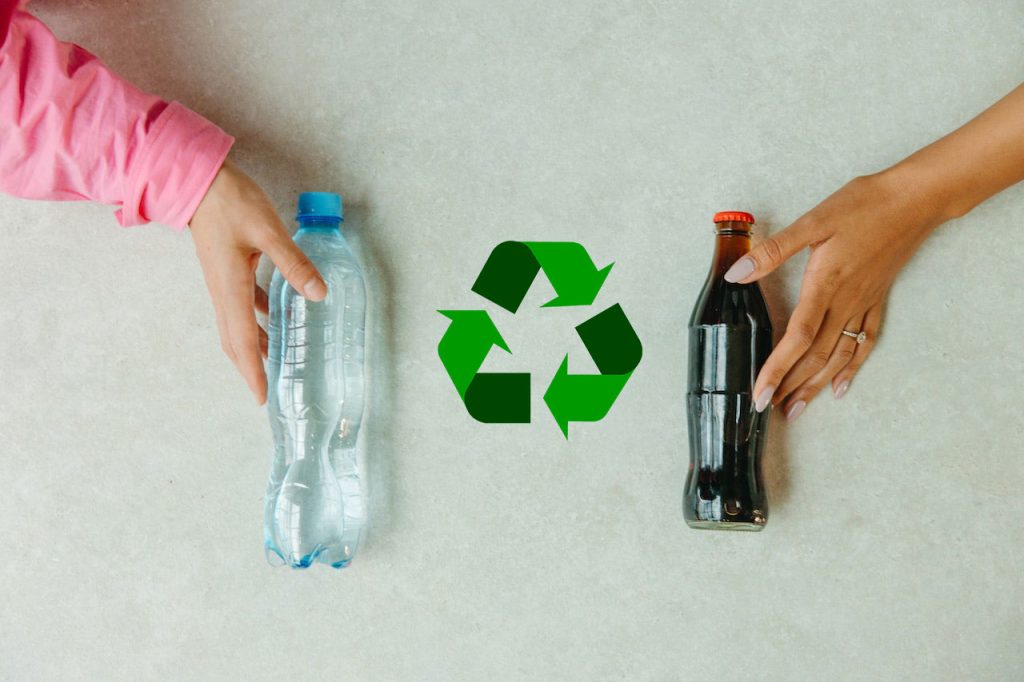
Plastic pollution has become one of the most pressing environmental challenges of our time. Among the many types of plastics contributing to the issue, polypropylene (PP) is a widely manufactured material used across industries—from packaging to automotive parts. However, with the rise of PP recycle programs specifically targeting polypropylene, we are seeing a shift towards solutions that reduce waste while encouraging sustainable manufacturing practices.
This blog explores the benefits of polypropylene recycle programs and how they are helping businesses and industries rethink their production strategies to create a greener, more sustainable future.
The Role of Polypropylene in Manufacturing
Polypropylene is one of the most commonly used plastics due to its versatility. It is durable, lightweight, and resistant to chemicals, making it ideal for a wide range of applications:
- Consumer Goods: Polypropylene is used in products like food containers, bottle caps, and household items.
- Automotive Industry: Its resistance to wear and ability to handle stress make it a material of choice for car parts such as bumpers and interior panels.
- Medical Use: PP is valued for its non-toxicity and is used in syringes, pill bottles, and surgical instruments.
- Textiles: Polypropylene fibers are key components of rugs, non-woven fabrics, and upholstery.
Despite its benefits, the large-scale usage of polypropylene has contributed to high levels of plastic waste. Recycle programs aim to address this challenge by giving PP materials a second life and reducing their environmental footprint.
Benefits of Recycle Programs for Polypropylene
Reducing Plastic Waste in Landfills
One of the most immediate advantages of polypropylene recycle programs is their ability to divert waste from landfills. With millions of tons of PP-produced materials discarded annually, recycle programs significantly minimize the burden on landfill sites. For example, converted polypropylene items can be reused in industrial applications or remanufactured into new products, significantly reducing the need for virgin materials.
Encouraging Resource Efficiency
Sustainable manufacturing thrives on the principle of resource efficiency, and polypropylene recycle programs pave the way for this. By recycling PP, manufacturers can conserve raw materials such as petroleum while meeting production requirements. This not only lowers demand for finite resources but also reduces energy consumption associated with extracting and processing new materials.
Lowering Greenhouse Gas Emissions
In conventional manufacturing, producing virgin polypropylene involves considerable energy use and results in high greenhouse gas emissions. Recycling programs offset this by eliminating some of these energy-intensive steps. For example, reprocessed PP requires significantly less energy to convert into usable materials, thereby decreasing carbon dioxide emissions.
Meeting Consumer Demand for Green Practices
Modern consumers are highly conscious of environmental issues, and businesses must adapt to meet their expectations. Recycle programs promote transparency and eco-conscious practices, helping businesses align with the values of environmentally-aware consumers. Products made from recycled polypropylene have an added appeal to buyers who prioritize sustainable purchases.
Supporting Circular Economy Goals
Recycle programs for polypropylene play a vital role in establishing a circular economy. Instead of a linear “produce-use-dispose” model, these programs ensure that materials are recaptured and reintroduced into the production cycle. This shift reduces waste generation and ensures smarter use of resources within a closed-loop system, benefiting manufacturers, consumers, and the environment alike.
Enabling Innovation in Manufacturing
The implementation of recycling programs paves the way for manufacturing innovation. Advanced technologies used in recycling processes, such as chemical recycling, make it easier to handle mixed-material PP items or contaminated waste. These innovations minimize material loss and have set new benchmarks for industrial-scale recycling solutions.





